
Review: Bose F1 Flexible Array
It looks like a point-source box, but Bose’s F1 portable system has an array of unique features.
Review:/ Mark Woods
Bose does things differently. There’s lateral thinking behind many of the products in its large range of consumer and industrial products. Audio systems for live sound is only a part of what it does and Bose doesn’t release new offerings very often. When it does, Bose always seems to have a different way of finding new solutions to old problems. The well-liked 800 series from the late ’70s had a processor and 8 x 4-inch speakers. Light and easy to move around, they still sound okay today. The L1 Series uses line array principles in a portable system. It’s been around for over 10 years and still finds favour with performers who enjoy its ability to cover both the stage and audience with clear, even sound. Not surprisingly the new Bose F1 system is different again. A hybrid approach, it uses elements of conventional powered speakers combined with line array techniques to create a specialist FOH system with a wide throw and enough power to fill a small- to medium-sized venue. The ‘surprise and delight’ feature is its ability to control its vertical coverage angle.
CLICKING INTO GEAR
Much of Bose’s innovation is housed in the F1 system’s Model 812 full-range speaker. It’s a similar size and weight (20kg) to other powered speakers but the design is very clean with excellent recessed handles on the top and rear. Made from some tough composite plastic — in regulation charcoal-grey — the finish is subtly textured and patterned, but it’s the front of the speaker that makes you look twice.
Looking past the perforated steel grille, instead of the usual horn/woofer configuration there’s a vertical array of 8 x 2.25-inch mid/high drivers in there. Closer inspection reveals a 12-inch woofer mounted further back in the box. The array inside the laddered centre section and prominent centred Bose logo ensures a distinctive corporate look. Inside the cabinet there’s processing, protection and 1000W of power. Connections on the rear are all familiar with two inputs; one is a mic/line XLR, the other a choice of stereo 6.5mm or RCA sockets.
The 812 works on its own as a full-range speaker; it’s pole-mountable and provides good low frequency response (-3dB @ 52Hz) that’s more than adequate for speech and medium level music applications. But for live music or DJs this system benefits more than most from being combined with its matching sub-woofer. The F1 Subwoofer houses two 10-inch drivers and a 1000W amp in a cabinet designed to fit in a car. Like the 812, transport is made easier by good handles on the top and rear. Construction is from wood with a composite plastic base and lid. It weighs in a little heavier than the 812 at 25kg but it’s still manageable for one person. The low-end frequency response is strong from around 40Hz, this allows the 12-inch woofer in the 812 to be crossed over at 100Hz so it can concentrate on the low-mids instead of trying to reach down too low.
A great feature is the built-in stand — ‘extension bracket’ in Bose-speak. Instead of the usual pole-mount on top of the sub, Bose has made a plastic frame that clips onto the rear of the sub cabinet for transport. At the show it slots into the top of the sub to support the 812 mid/high speaker and before you know it you’ve got a time-aligned speaker stack standing two metres tall. Not only is it a unique look but it’s quite stable, the solid base is not as wide as tripod legs but it’s squarer and harder to trip over. You may never have to deal with speaker stands again and I bet you won’t miss them.
“”
The ‘surprise and delight’ feature is its ability to control its vertical coverage angle

F1 HAMMERS THE BENDS
Line arrays produce a wedge of sound that is wide horizontally but narrow vertically. The size of the array determines its effectiveness at lower frequencies, so to be practical, portable line array systems only deliver the array benefits at mid/high frequencies. The subs are usually conventional designs and omni-directional. The F1 stack has a forward-pointing single 12-inch woofer above the sub so it’s a fairly normal, almost point source system up to the 600Hz crossover point where the mid/high array starts to do its thing. Dispersion is quoted as 100 degrees horizontal and 40 degrees vertical. Listening to the 812 up close, they sound good right on axis with a smooth quality that refuses to bite or feedback. The mid/high frequencies roll-off strongly above or below the central axis compared to point source designs, although the woofer has a more normal conical dispersion.
Arrays are weird up close anyway as the sound needs some distance to develop. That combined with the super-narrow vertical angle rules these speakers out for stage monitor duties. Bose has thoughtfully not provided a monitor angle in the design, and the cabinet looks better for it. Using powered FOH speakers as floor monitors is always a compromise, but a common one, so there’s some lack of flexibility here compared to regular powered box designs.
These speakers do their best work as FOH speakers in small-to-medium rooms with low-to-medium volume acts. Arrays focus the sound and reduce reverberation by not throwing sound all over the room. The most noticeable benefit of this is mid-range clarity, right where the vocals are.
GOT YOU COVERED
Sutton’s House of Music in Ballarat is a textbook case of a room that could benefit from a line array system and a good test for the F1. The 19th century building was a perfect piano sales floor; long room, high ceilings and naturally live. It’s a good-sounding venue but reverberant, and crucially, the bands play across the width of the room, requiring the speakers to cover a wide area.
People eat and talk, others listen or dance to the solos/duos/combos and other non-rock acts that play there. The sound needs to be clear but not loud or piercing, with intelligible vocals throughout the room and enough low end power to get people moving.
We set it up for a night featuring regular act B3 Breakout; a three-piece ensemble featuring a B3, drums, and guitar and vocals. The F1 system was very quick to set up and sounded ready to go straight out of the box. The room had a boom that required some low frequency EQ but the mids and highs sat close to flat. The noticeable impression from the sound check was the F1’s ability to fill the room. The subs were strong and could have filled a much bigger space, but the mids is where you could hear the difference compared to horn-loaded boxes. The vocals surround you rather than come at you directly from the speaker. They’re not loud up close, but step back a little and it’s all there. The high frequency response is adequate for live sound, although somewhat lacking in transient detail. They don’t want to feed back, they seem to find their own level and they’re very even around the room.
The F1 system’s horizontal coverage of 100 degrees was just wide enough. The high/mid clarity falls off sharply at the edges, but it is a wide room that normally takes four speakers to get adequate coverage. I found them easy to mix on and throughout the night, there was plenty of unprompted confirmation from customers and staff that the F1 was a superior solution.
Narrow horizontal angle usually helps live sound but sometimes the audience is positioned above or below the speakers. Horn-load boxes often throw high or low enough (or offer different angles for the pole mount) but to get similar benefits from an array it needs to be focused. The F1 812 addresses this by allowing the edges of the top and bottom sections of the front grille to be pushed in and out. This angles three of the eight little speakers up, or down in the case of the lower section. They snap into position with magnets and the internal processor makes some compensatory changes to the EQ. Between the top and bottom angled sections you can create four distinct vertical patterns that can be used in situations where the speakers are above and/or below the audience. It’s a neat approach and necessary too as they sound pretty dull if you’re not in line.

WIDE APPEAL
Another place arrays work well is outdoors and the F1 system is powerful enough to cover medium-sized events. The wide, even coverage and long throw high-mids mean good intelligibility over a large area while the lack of harshness makes for a relatively easy listening experience. This is usually a good thing but it’s also the limiting factor with portable line arrays. If the going gets loud it can expose the relative lack of bite and body on offer. Point source, horn-loaded speakers are beamy and squawky but they will cut through a loud band.
The Bose F1 System will appeal to venues, bands, DJs and groovy bars but it would also be ideal for corporate presentations or speeches. It’s fairly easy to transport if someone in the band has a wagon and could provide sound for over 500 people in the right situation. The price is pretty on par with similarly powered portable systems, but it’s got some unique features and the high/mid array will allow it to out-perform point source systems in many audio environments.

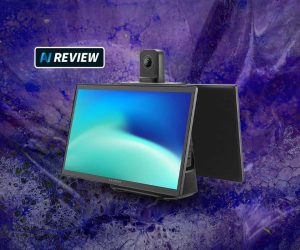




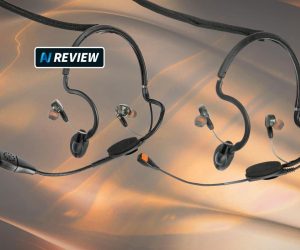
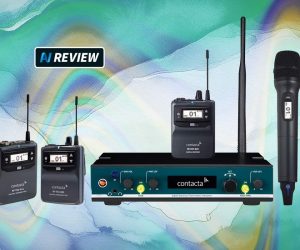
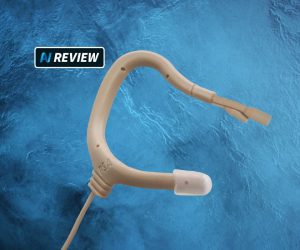

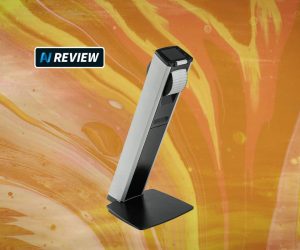
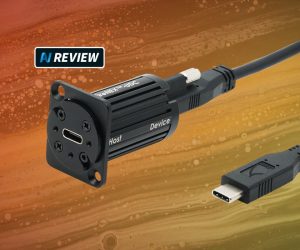
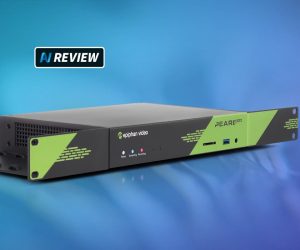


RESPONSES